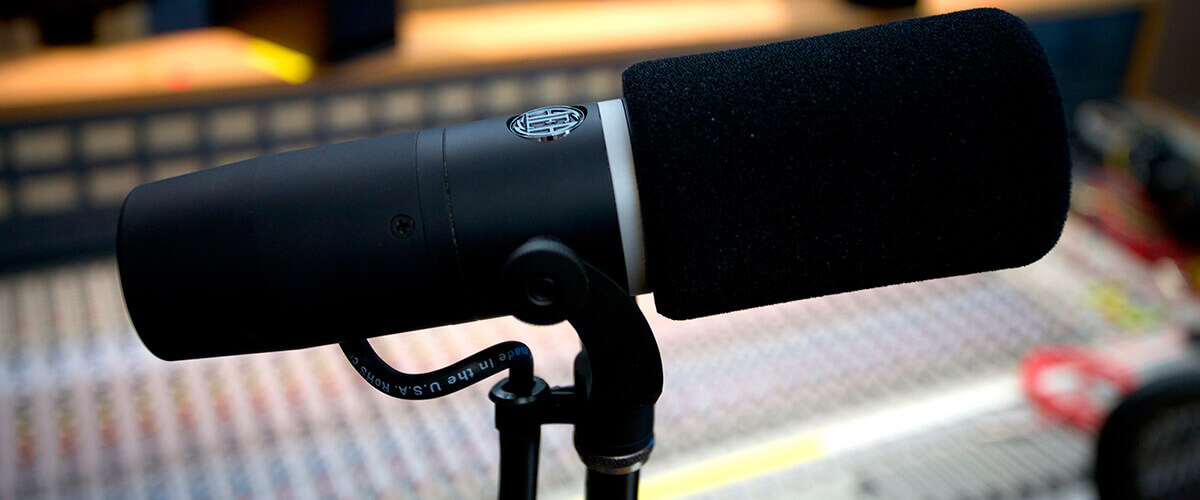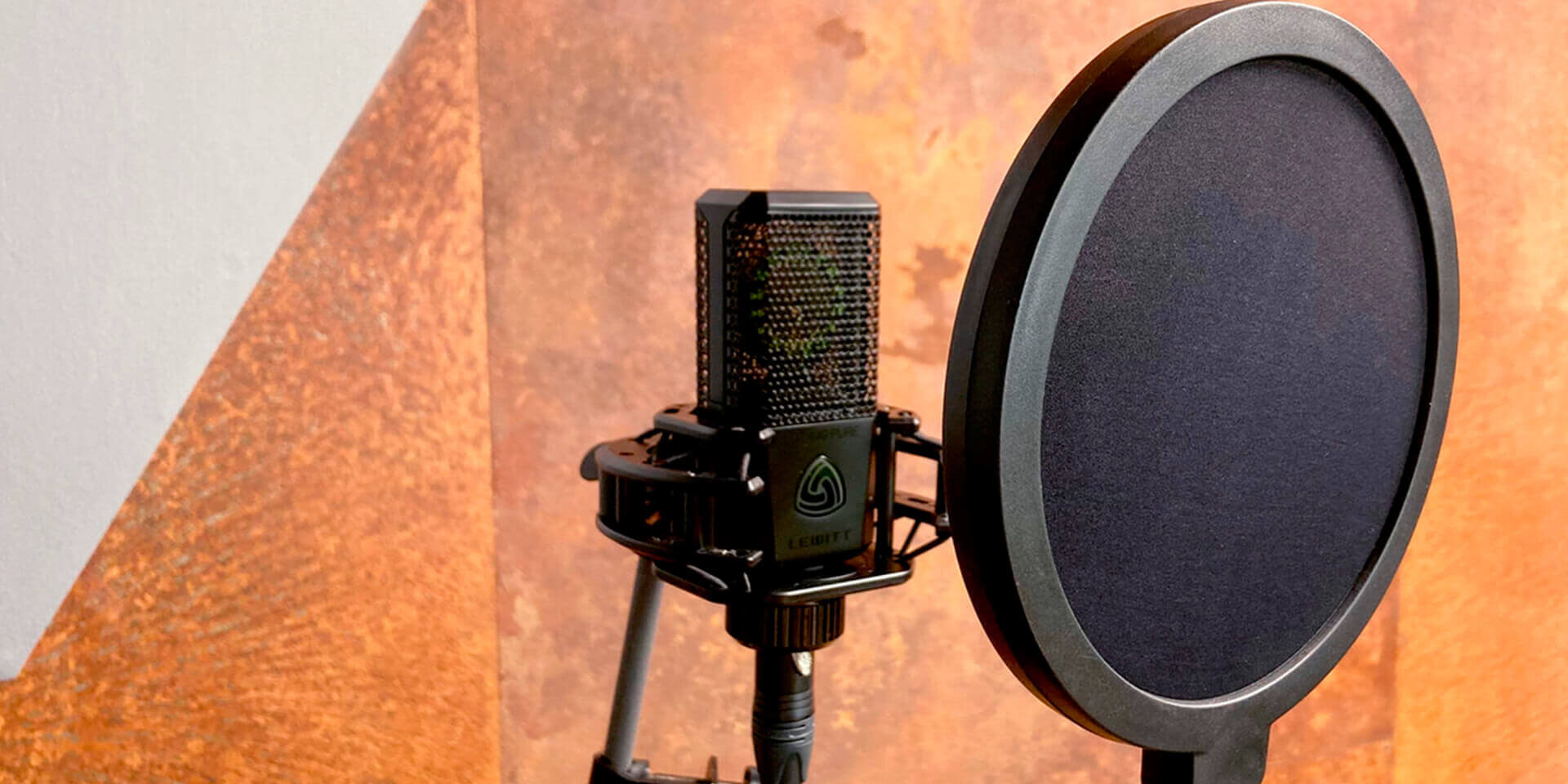Understanding the difference between pop filter vs windscreen is a very important part of choosing the right device.
Regardless of the fact that these devices are designed to reduce unwanted noise, they have a key difference. The noise from which you plan to isolate your sound is different, sometimes it is the wind, sometimes it is the speaker’s breath, you can never guess. If you still choose between these two options, we advise you to take a closer look at both options and still understand what suits you best.
Windscreens
Compared to foam windscreen or pop filter, there is no clear favorite, but I think both are worth considering. The main task of the windscreen is to prevent strong winds from entering the microphone and generating unwanted noise. They are often used for shooting outdoors, where inconvenient weather conditions or in noisy environments occur. In addition, with these microphones, you can easily record ambient noise despite many distortions and interference. Microphone windscreen technology typically covers the entire microphone completely. However, there are 3 main types of such micros on the market.

Windjammers
They are made of synthetic fur and are worn to cover condenser microphones when recording outdoors. You could often see these in big cities, on the streets, where journalists or bloggers are constantly filming something.
Foam
Styrofoam windshields are also very popular. They have long established themselves in the market. They are made from polyurethane, and they provide very reliable wind protection.
Basket windscreens
Another subspecies of windscreens are baskets or airships. They are actually made of mesh material with a thin inner layer of foam. Typically, this padding covers the entire microphone, providing reliable and quality sound.
Pop Filters
If you are interested in the difference between pop filter and windscreen, let’s figure it out now. Pop filters are most commonly used by professionals in indoor filming to record detailed sound with a minimum of distortion; they do not block the microphone, are smaller and can be placed at a safe distance, which is actually quite convenient.

Pop filters are very helpful in avoiding breathing sounds when recording. In addition, when recording singing or speaking loudly, it will regulate the recording of your voice without letting it be distorted in high and low tones. The thin mesh material from which pop filters are made allows more high-frequency sounds to pass through, so you can often see it when recording interviews, podcasts or in recording studios.

















